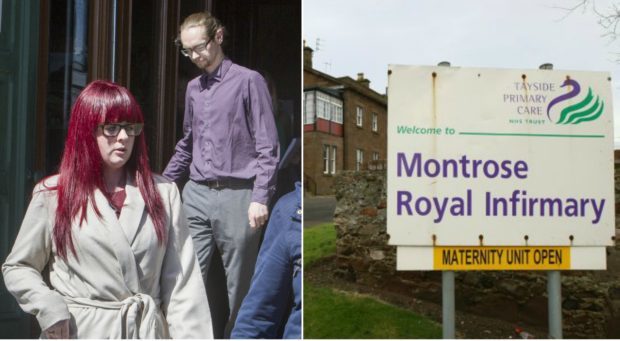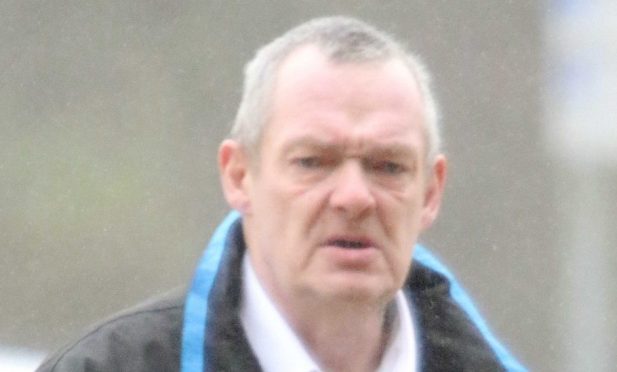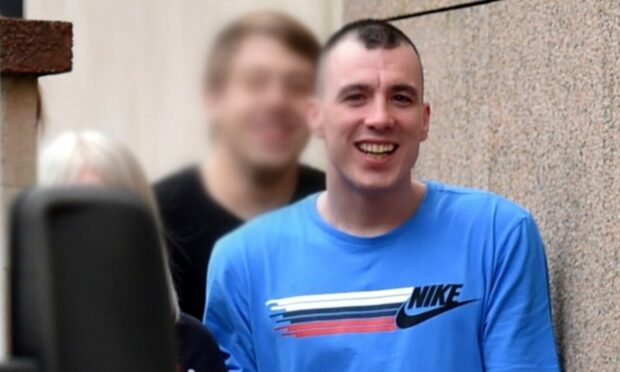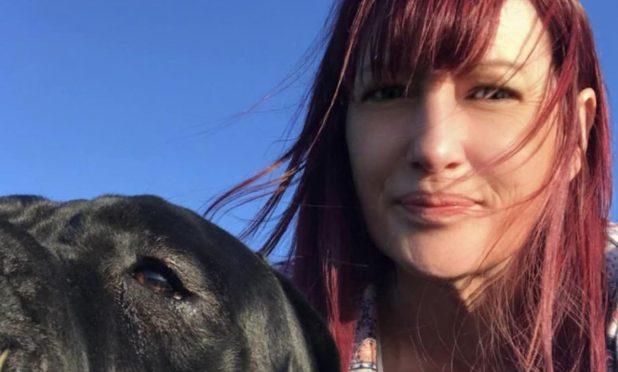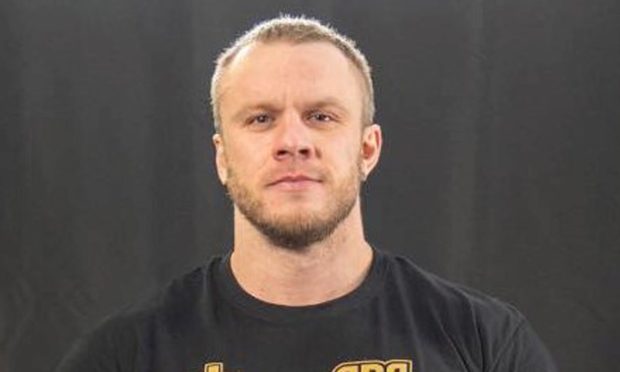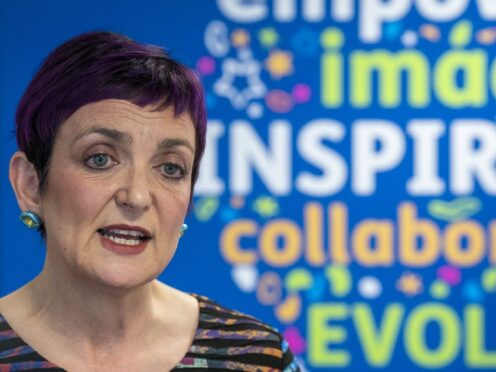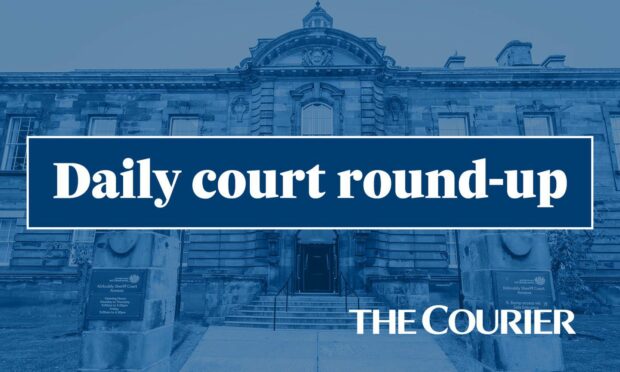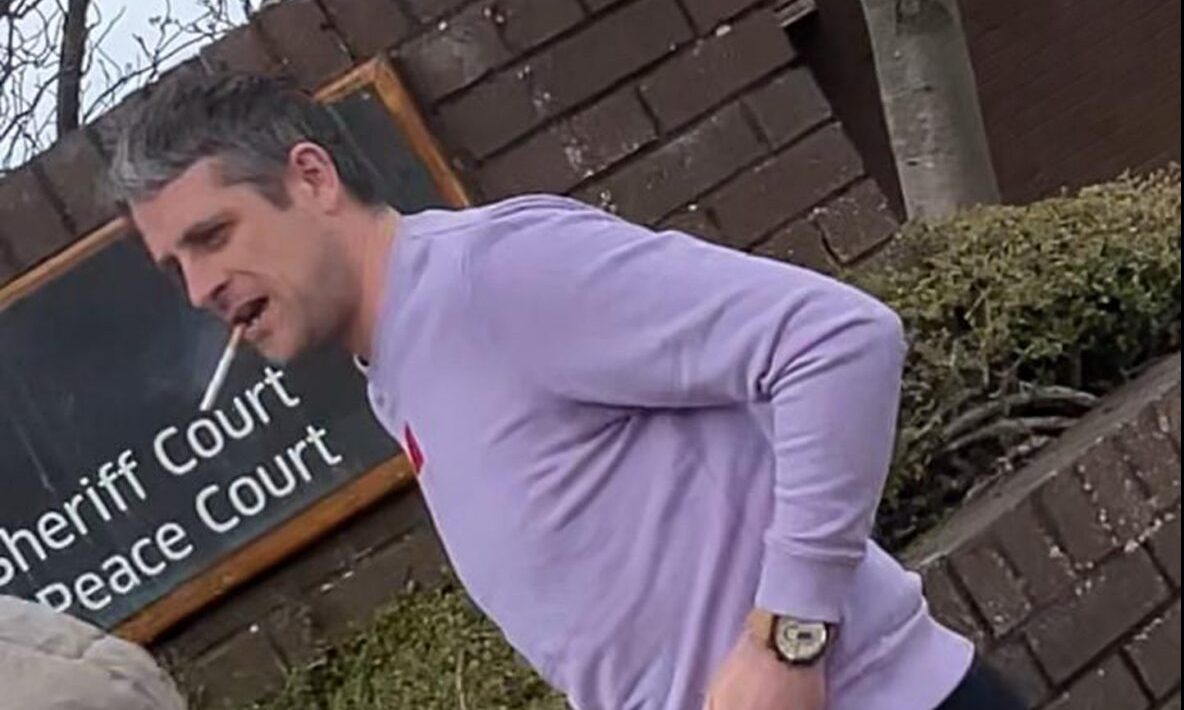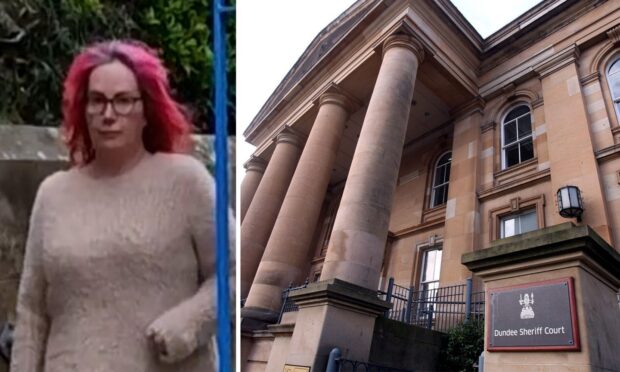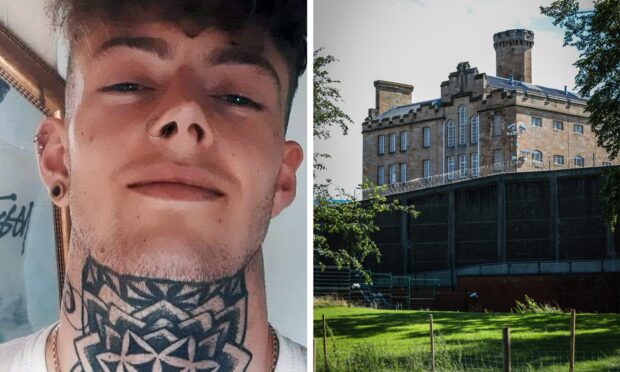The death of a baby just four hours after she was born could have been prevented if an emergency ambulance had been made available to rush her to hospital when she took ill, a sheriff has ruled.
Nevaeh Stewart died three-and-a-half hours after she was born at Montrose Royal Infirmary’s community midwifery unit in September 2012, despite the efforts of midwives based there and specialists who rushed from Dundee to her aid.
Her father Gary Stewart described the unit as an “emergency response blackspot” and accused NHS Tayside of “systemic failures” during a fatal accident inquiry being held at Forfar Sheriff Court.
A sheriff ruled that Nevaeh had “simply languished” at the midwifery unit receiving only “basic resuscitation” because NHS guidelines wouldn’t allow a blue light ambulance to be sent to collect her.
The dedicated neonatal team that was allocated to cover Montrose at the time was on another job in Wick when she was born.
If Nevaeh had been a home birth and not born in the midwifery unit a blue light 999 ambulance would have been sent to pick her up.
The inquiry – which lasted 14 days and heard from 16 expert witnesses – heard Nevaeh was born in a birthing pool at the Angus facility, but was immediately found to be “pale and floppy”.
Exclusive: father says NHS Tayside failings led to daughter’s death
An ambulance from Ninewells Hospital took almost two hours to arrive – leading to accusations the standard of care given was “contributory to her death”.
Mr Stewart said: “I believe that if NHS Tayside told parents the truth about transfer times we would have made a different decision on obstetric care and we would have had timely access to specialist medical assistance if it was needed.”
His wife, Kimberly Stewart added: “Had I been told in 2008 when I was pregnant with our second child that I’d have to wait an unlimited amount of time for specialist help if something went wrong with the birth, or after the birth, I think that’s enough information – and as a mother-of-one, and for the baby, I wouldn’t have risked it.”
On Monday Sheriff Pino di Emidio agreed – and ruled “more precise and evidence based information about birth site choice” could help parents make a more informed choice.
And he added that “provision of a 999 ambulance for retrieval of babies born unexpectedly unwell” could also have saved Nevaeh.
The sheriff further ruled that prospective parents should be told that there is “no good scientific evidence” that water births are as safe as giving birth out of water.
The inquiry heard water births are an “experimental” procedure that should “only be performed within the context of a clinical trial”.
Kimberly, 32, of Auchenblae, Aberdeenshire, said when Nevaeh – her fourth child – was born on September 29 2012 she was “pale” and was immediately rushed away for treatment.
She was told to have a shower before a doctor entered and asked her if she wanted to sign a do not rescuscitate order.
Kimberly said she had been given just one chance to hold Nevaeh before she was taken away.
She said: “I think a blue light ambulance should have been called straight away. That’s the quickest way to get help.”
Mr Stewart, 31, said he later discovered that a neo-natal transfer unit can take “several hours” to arrive at midwife led maternity units.
He said: “I presumed that if there was an emergency an emergency response team – a flying squad – would be brought in to fix the situation.
“In community midwife units where there is no emergency response and you may have to wait up to six hours as there is no emergency squad to go to any unit in Scotland.”
In a 163-page written judgement, Sheriff di Emidio said: “All professional medical and midwifery witnesses accepted that there is no way in which there can be a ‘flying squad’ on standby 24/7 to deal with any newborn that might be born at some distance from a recognised specialist medical centre.
“The inclusion of a 999 ambulance as a primary option within the guidelines cannot guarantee [the benefit of being in a hospital] but it would improve the chances of survivability in particular cases.
“The lack of a blue light ambulance option contrasts starkly with the position of an unstable neonate born at a home birth.
“The situations are comparable but in one case a blue light ambulance would be summoned straight away.
“The guidelines then in force were adhered this meant that the unstable neonate simply languished at the Montrose CMU with only the basic resuscitation care that could be provided by the midwives who did their best in the circumstances.”
